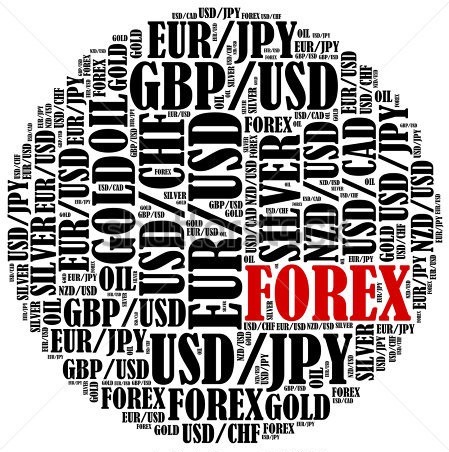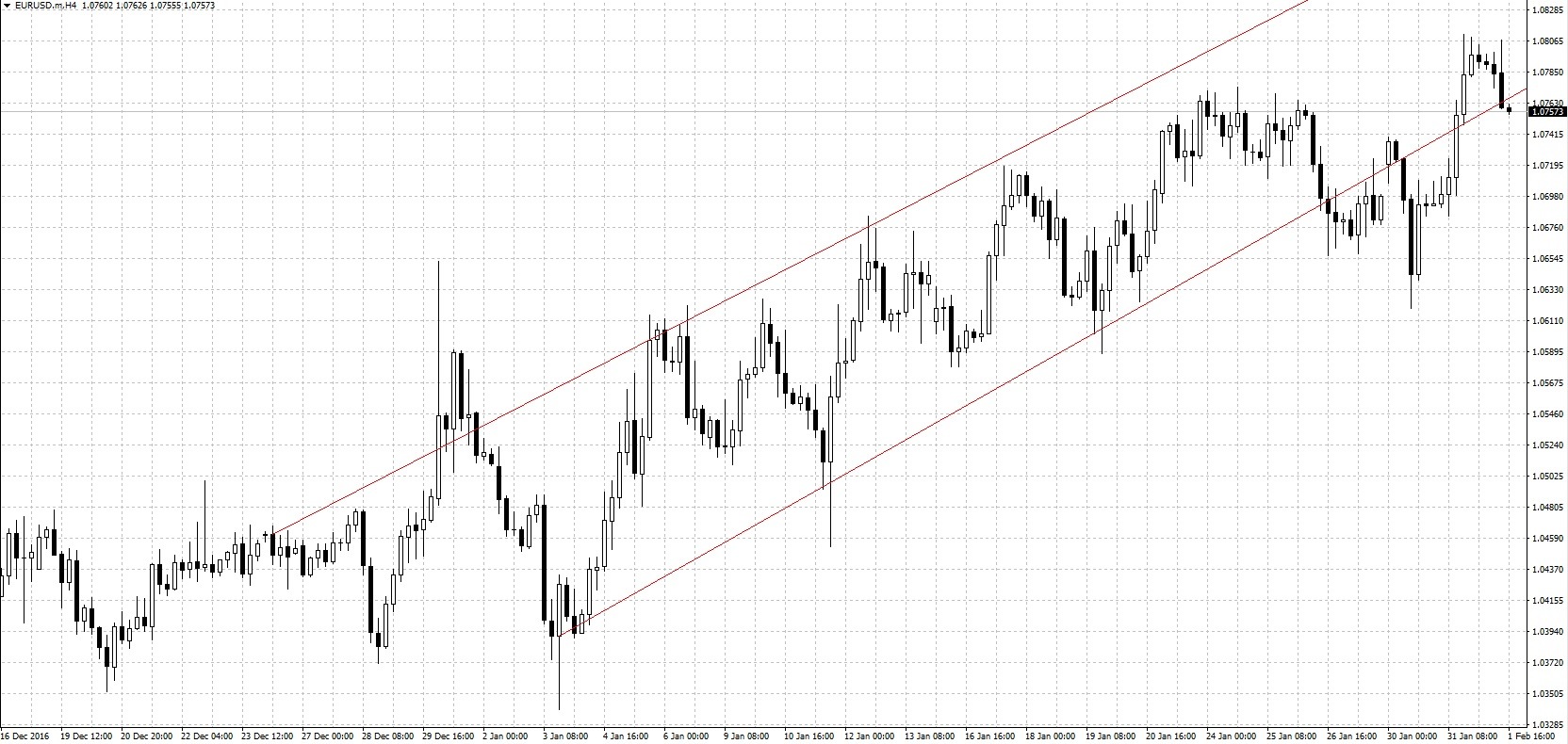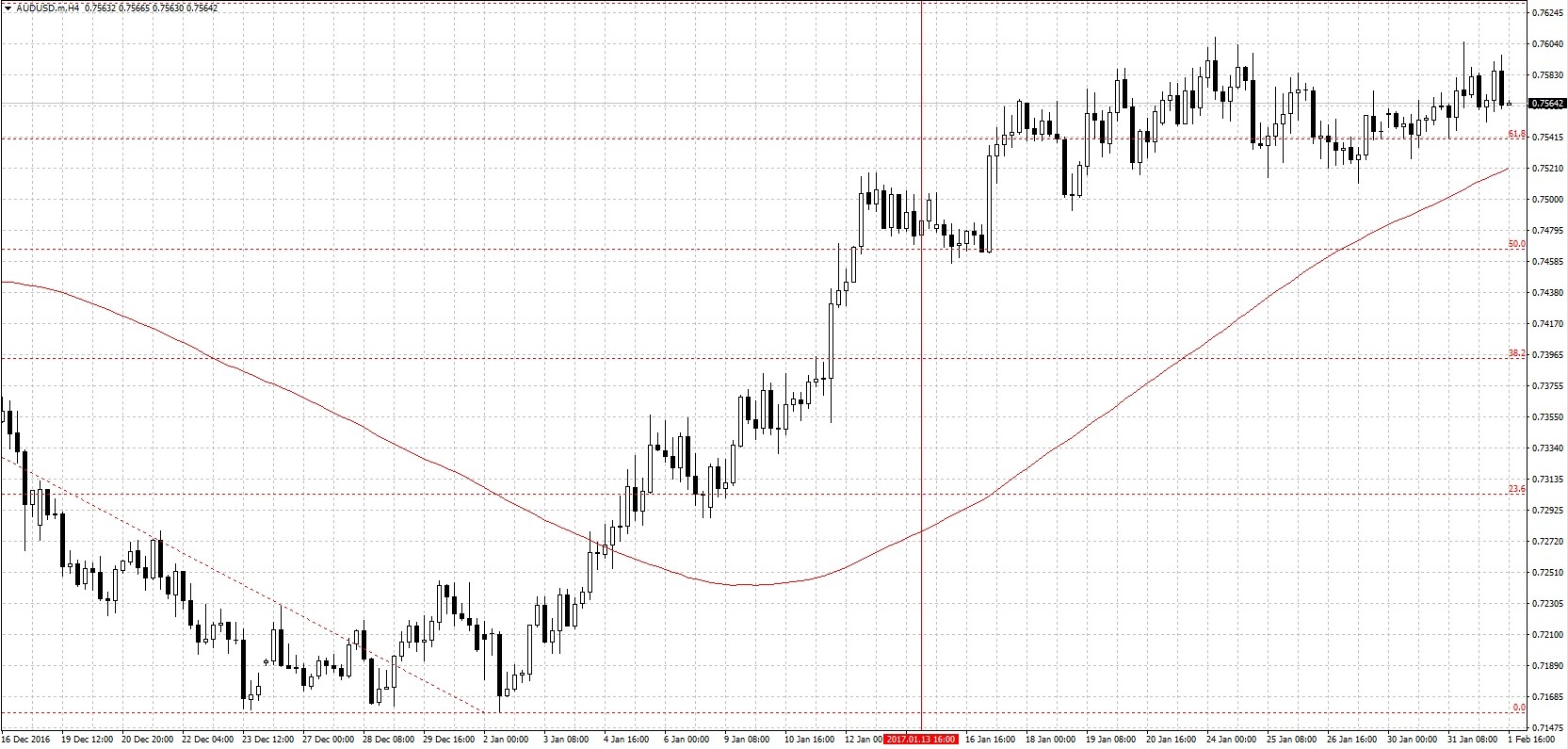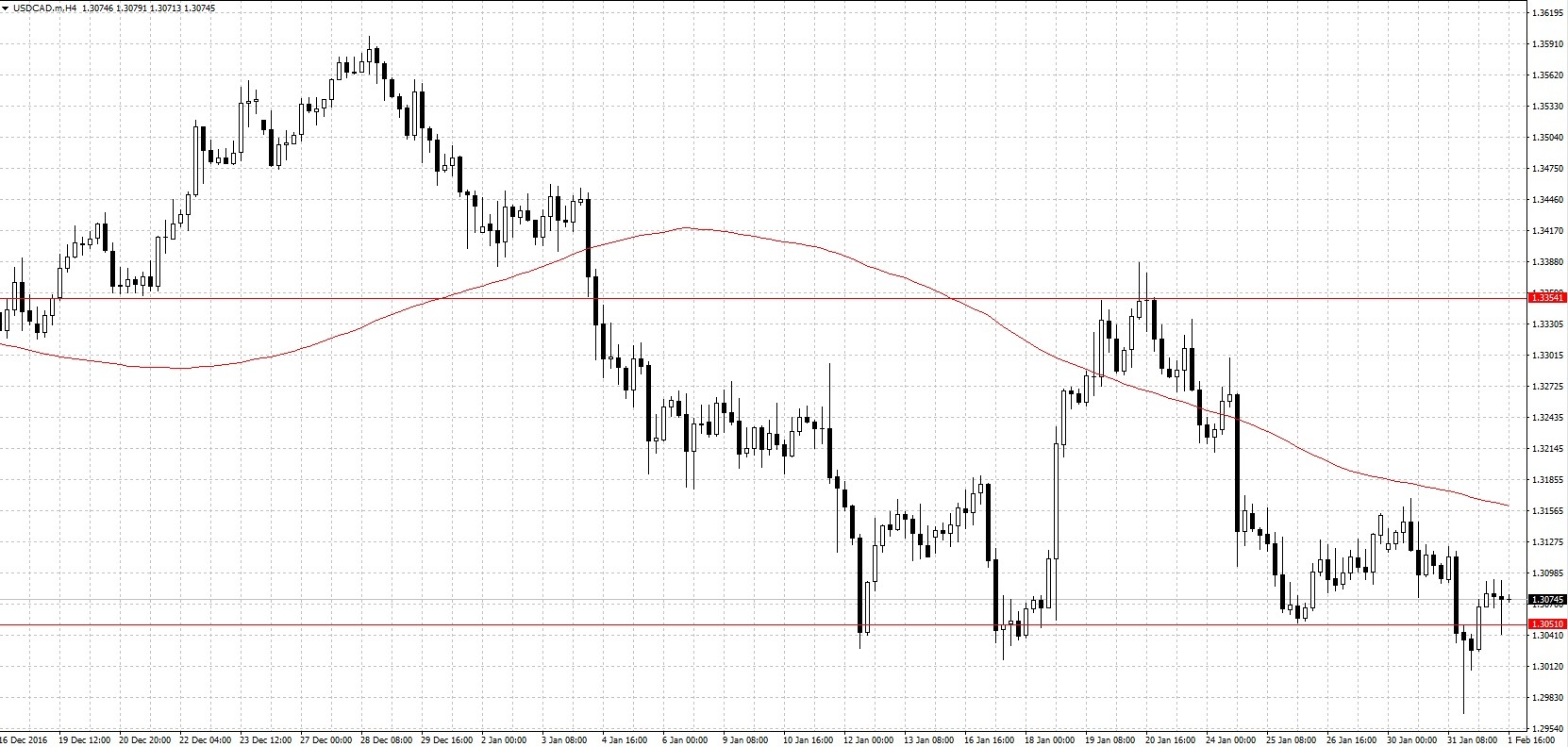Currency pairs summary for January 2017

The first month of 2017 is over. Now, it’s time to look at the currency pairs summary for the past month that affected the Forex markets. It’s important to reflect on the past because past performances affect how the currency pairs might perform this month.
GBP/USD (cable)
The pound is still grappling with the Brexit decision and on whether to opt for a hard or soft Brexit. A hard Brexit would not be good for the pound because it would be similar to a bad divorce. If so, the EU would make the process very painful by imposing tough restrictions to trade in order to discourage other countries from leaving. Countries like France are considering a Brexit themselves, but that is a long way down the line. In short, the pound would be better off with a soft Brexit.
The first week of January saw the cable rise to its highest level since the 19th of December. This was due to the positive news from the UK’s manufacturing sector with the release of the services PMI. Furthermore, the US dollar was getting weaker due to lower yields in the government’s 10-year bonds.
On the second week, rumours of a hard Brexit sent the GBP/USD pair spiralling downwards to below 1.200. These historic lows were last seen after the October flash crash, and the cable was in bad shape. Reprieve came on the 17th of January when the Prime Minister, Theresa May’s speech indicated that the Brexit may not be as hard as it was rumoured. The good news propelled the cable back to the previous week’s high. This uptrend pushed the pair up to the 50% Fibonacci retracement level, where it retreated back to the 38.2% level on the 18th of January before resuming the uptrend.
On the 24th of January, the pound dipped by more than a thousand pips after the UK Supreme Court ruling on Article 50. The ruling stated that the parliament must vote before the article 50 is triggered. This pushed the hopes of a quick Brexit farther away from the previously anticipated April date. The pair retreated a little to test the 61.8% Fibonacci level and resumed the uptrend.
At the end of the month, the 31st of January, the pound weakened significantly after the Bank of England released the December money figures. They showed that borrowing and mortgage approvals had slowed while consumer credit rose. Before the month ended, though, weakness by the US dollar enabled the pair to climb back up. US dollar weakness was the result of the travel ban and also the general feeling of political risk in the US.
EUR/USD
The euro has been gaining strength all through the month of January. The gain followed a downtrend in the final 2 months of 2016 by the soaring US dollar after the election of President Trump. This month’s uptrend can be attributed to generally positive news from the Eurozone, especially from Germany, EU’s largest economy.
In Germany, unemployment rates have fallen to a record low not seen since 1990 and trade is up. In fact, Germany finally beat China as the world’s biggest exporter. Spending is also up and their government has a surplus in the public sector, which could be used to boost the economy further through tax cuts. Yesterday, the top advisor to Trump on trade claimed that Germany was taking advantage of the weaker euro to gain an advantage in trade. Such sentiments may have an impact on Germany’s economic policies in the future as they seek to maintain positive trade partnerships with other European countries.
Besides Germany, other nations in the EU have also recorded positive performance, with lower unemployment across the board, higher inflation and a rising GDP. All these factors have led to the strengthening of the euro in January, but not for long. The ECB might have to reconsider quantitative easing if inflation edges closer to the 2% target from the current 0.9%. Mario Draghi believes the inflation was due to lower oil prices in 2016, and has chosen to hold the interest rates at 0.00% now that crude oil prices may be rising once again. Already, the ECB has scaled back its bond-buying program from 80 to 60 billion euro a month, but further changes to the monetary policy are imminent.
Across the Atlantic, momentum in the US dollar seems to be declining. It started as early as the 4th of January when the US treasury 10-year bonds yields fell. This caused the US dollar to weaken, but it regained strength after the jobs report on the 6th of January. The report showed that unemployment was lower after the private sector added more jobs. However, this was still not enough to keep the US dollar strength up and the overall economic growth in the Eurozone still overshadowed the growth in US economy.
At the moment, the US dollar index (DXY) is trading below the 100 mark. The DXY compares the strength of the US dollar against 6 other currencies including the euro. Its current value below 100 shows that it is weaker than those currencies. It’s not all bad news, though, because this might be part of Donald Trump’s plan to devalue the dollar. The soaring value of the dollar could have negative implications on the trade deals the new president would like to make. Devaluing the dollar could place the US at a better position to create new trade deals with emerging economies in Asia and Latin America. Thus, the growing strength of the euro against the dollar is probably not completely unwanted.
In the future, we’re waiting to see if the FED will keep its word about raising interest rates in 2017 as this will definitely strengthen the dollar, reversing the current upward trend on the EUR/USD pair.
AUD/USD
The Australian dollar has become the best performing currency this month. Rising gold prices gave the Australian economy a boost, but so did the prices of iron ore, both of which boosted the country’s exports. Besides revenue, the country’s 10-year bond yields have gone up in 2017 while unemployment dropped and inflation has remained really low. All these factors have made the economy very stable and the Australian dollar strong.
Before January, the Australian dollar weakened against the dollar due to the increased interest rates and Trump’s election. The weakness brought the value of the pair down to a low of 0.715. The Australian dollar then rallied to the 0.755 mark around the 61.8% Fibonacci level where it has met resistance and started to move sideways. To know the future direction of the pair, we have to wait for the FED to announce whether they are going to raise or maintain interest rates. This will be the most impactful news, and it will be released later today, on the 1st of February.
USD/JPY
After a huge rally due to positive news in the US, this pair rallied through the final 2 months of 2016 up to a 118.66 resistance level. Unimpressive yields from the US government 10-year bonds gave some room for the Japanese yen to breathe, dropping several pips between the 4th and 5th of January.
However, non-farm payroll data released on the 6th of December gave new strength to the US dollar, resuming its uptrend, but it wasn’t enough to reach the 118 level. In fact, it wasn’t even able to close above the 100 SMA. This, combined with the double-top formation signaled a pullback which has set the tone for the dominant downtrend that has been in effect for most of January.
USD/CAD
Again, this pair started off in a downtrend after negative news coming from the US causing the US dollar to weaken. The downtrend saw the pair test the 1.305 support level, which it couldn’t break through, and it has bounced off this level severally, further reinforcing its significance.
The biggest move of the month was on the 18th of January when the FED chair reiterated their intentions to raise interest this year. On the other hand, Bank of Canada said that rate cuts were still on the table, signaling a willingness to reduce interest rates. This caused the pair to spring up from the 1.305 support to reach the 1.335 level.
Afterwards, from the 24th to the 25th of January, the Canadian dollar strengthened once again after the decline in the strength of the US dollar, once again testing the 1.305 support. Now, all eyes remain on the FOMC meeting and the FED’s decision on interest rates which we shall know about soon.
































Comments (0 comment(s))